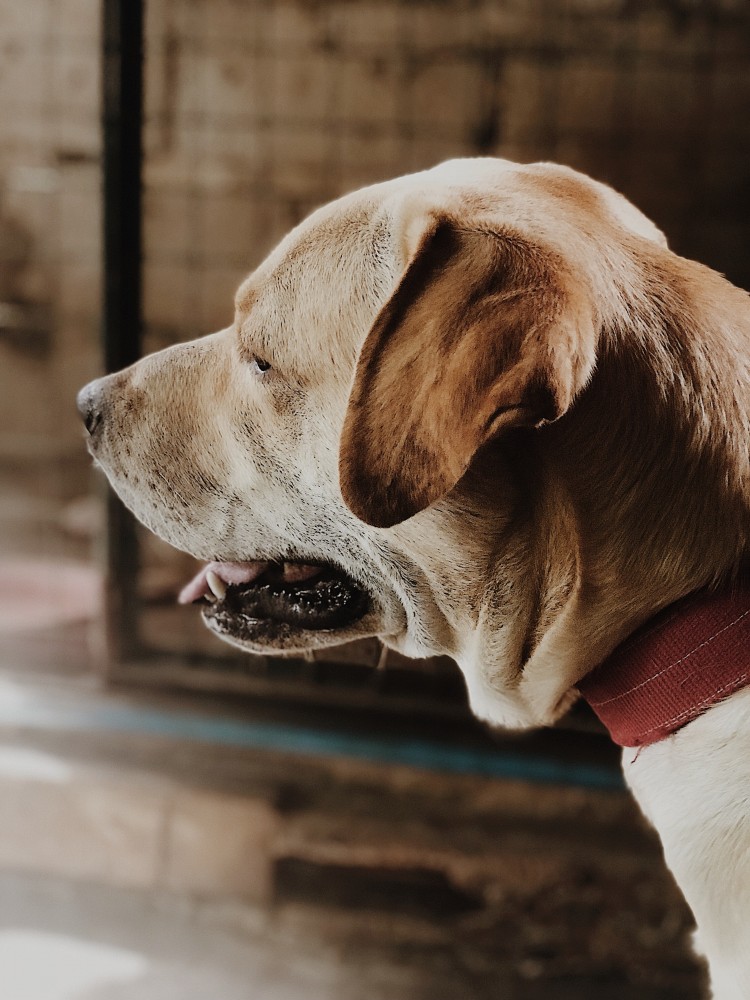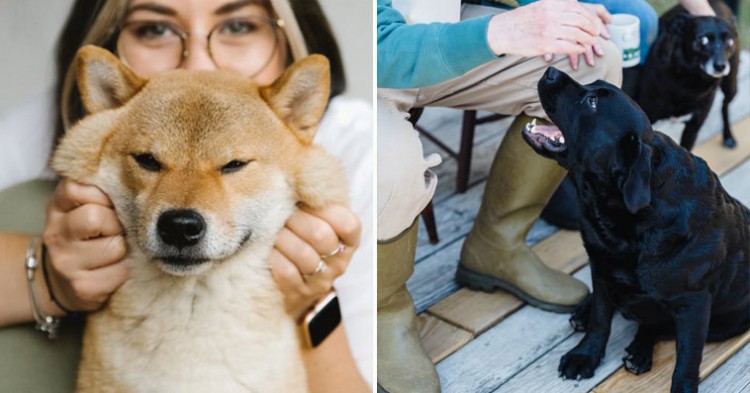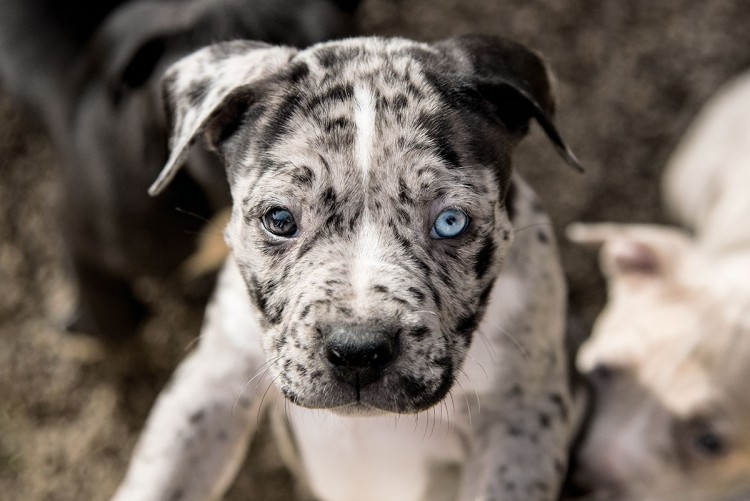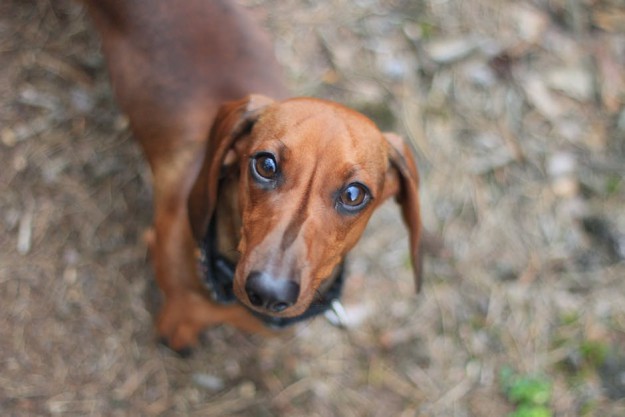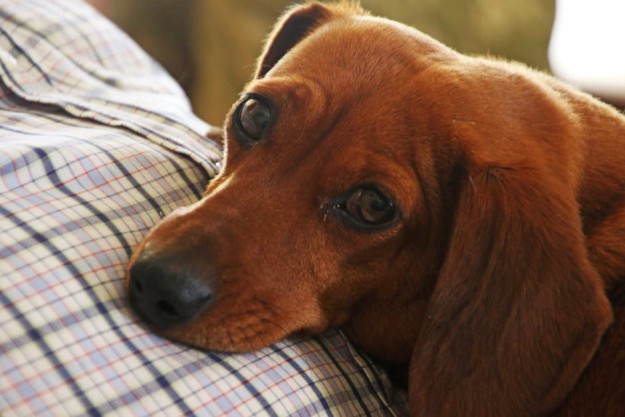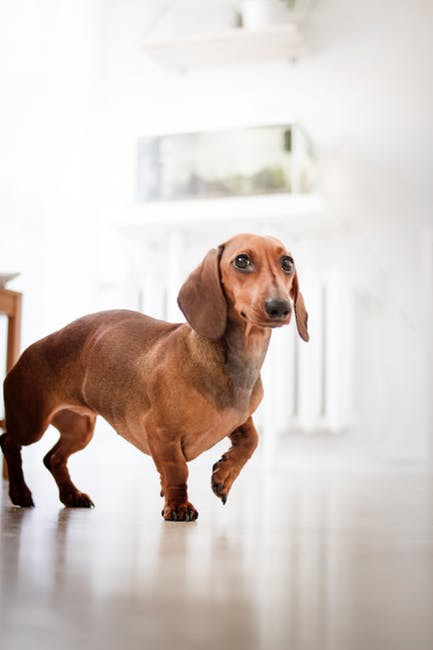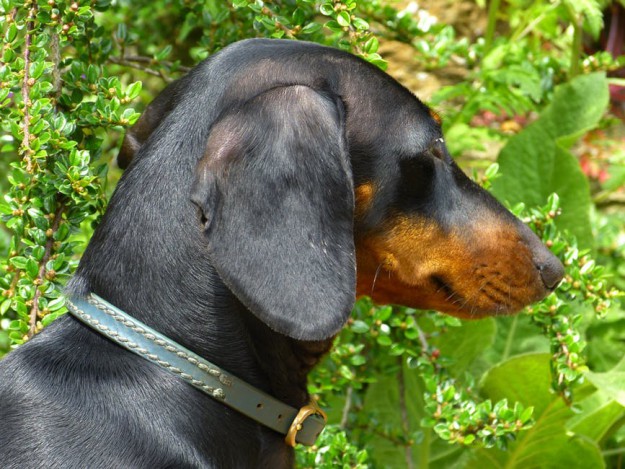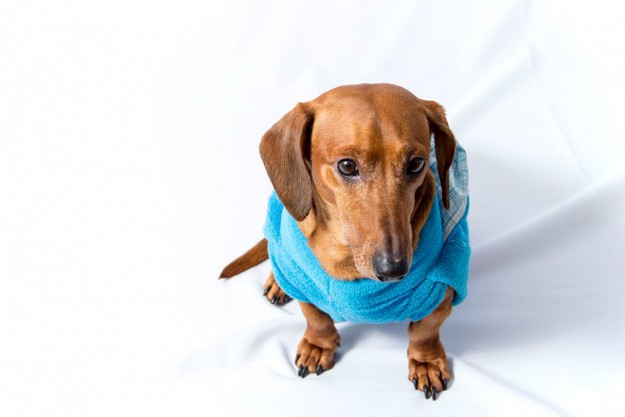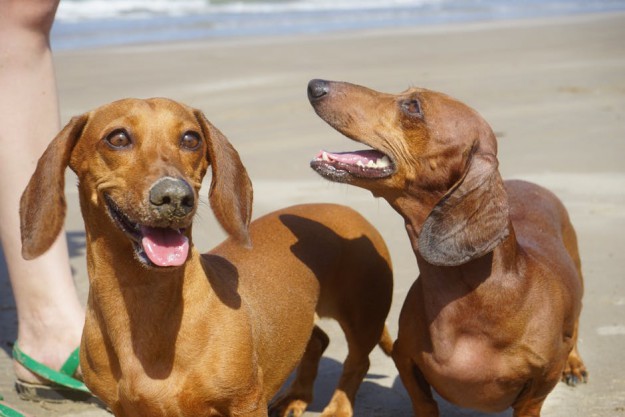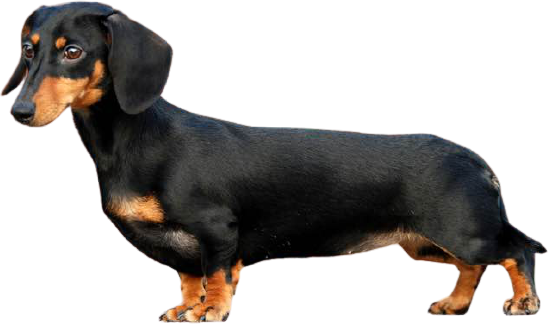
Dachshund
USD $500-$700 Price Avg.
Hunting Dogs
Group
Purebred
Breed Type
Small
Size
12-15 years
Lifespan
Breed Information
| Group | Hunting Dogs |
|---|---|
| Popularity/Rank | 13 |
| Origin | Germany |
| Other Names | Bassotto, Sausage Dog, Teckel, Tekkel, Tekkel Doxie, Weenie Dog, Worshond |
| Breed Type | Purebred |
| Price (Avg.) |
USD $500-$700
How much does it cost to purchase a Dachshund? The price of a Dachshund will vary from breeder to breeder as well as from place to place. As a rough guide, you should expect to pay between $500 to $700 per Dachshund if you purchase from a reputable breeder. Prices will be higher for show-quality dogs with a distinguished pedigree. Adult dogs who have already been trained may cost even more. It is usually less expensive to adopt a Dachshund through a shelter. |
| Size | Small |
| Weight | Toy: 8-11 pounds (3.5-5.0 kg)Standard: 16-32 pounds (7-15 kg), Miniature: 12 pounds (5.5 kg) |
| Height | Toy: 12 inches (30 cm)Standard: 8-11 inches (20-27 cm), Miniature: 5-7 inches (13-18 cm) |
| Lifespan | 12-15 years |
| Recognized by |
AKC, FCI
The American Kennel Club in 1885 as a Hound breed. And FCI in the Dachshunds group, in the section. |
| Purpose | Small Game Hunting |
| Date of Origin | 1500s |
| Ancestry | Braque, French Basset Hound, Pinscher, Spaniel, Terrier |
Appearance & Maintenance
| Coat | Fine |
|---|---|
| Coat Colors | Black, Blue, Brown, Red, Silver, Tan, White |
| Grooming Level | |
| Shedding Level | |
| Eye Color Possibilities | Blue, Brown, Hazel |
| Nose Color Possibilities | Black, Brown, Isabella |
| Coat Color Possibilities | Black, Brindle, Brown, Cream, Isabella, Pied, Red, Sable |
| Coat Length | Medium |
| Coat Density | Normal |
| Coat Texture | Straight |
| Recommended Brushes | Deshedder, Nail Clipper, Slicker Brush |
| Brushing Frequency | Monthly |
Breed Characteristics
| Temperament | Brave, Clever, Courageous, Daring, Dedicated, Devoted, Lively, Playful, Sportive, Stubborn |
|---|---|
| Intelligent | |
| Trainability | |
| Playfulness | |
| Sensitivity Level | |
| Affection Level | |
| Social Interaction Required | |
| Barking | |
| Watchdog Ability | |
| Territorial | |
| Biting Force | Low |
| Mouthiness | |
| Impulse to Wander or Roam | |
| Prey Drive | |
| Adaptability | |
| Tolerates Being Left Alone | |
| Fighting Dog | Not really |
Good & Friendly with
| Apartment Life Friendly | |
|---|---|
| Stranger Friendly | |
| Kid-Friendly | |
| Cat Friendly | |
| Dog Friendly | |
| Office Friendly | No |
| Senior Citizens Friendly | |
| Pet Friendly | |
| Friendly with First Time Owners | No |
| Service Dog | Not really |
| Therapy Dog | Yes |
| Detection, Sniffer or Security Dog | Yes |
| Search and Rescue Dog (SAR) | Not really |
| Boat Dog | Not really |
| Cart Pulling or Drafting Dog | Not really |
Health Elements
| Health Issues | |
|---|---|
| Health Problems | Acanthosis Nigricans, Baldness, Bloat, Cancer, Canine Diabetes Mellitus, Cushing's Syndrome, Deafness, Demodectic Mange, Elbow Dysplasia, Epilepsy, Intervertebral Disk Disease, Legg-perthes D |
| Hypoallergenic | No |
| Energy Level | |
| Exercise Required | |
| Sleeping Required | |
| Weight Gain Potential | |
| Weather & Climate | Prefers warm weather |
| Stinkiness | Low |
| Drooling tendency | |
| Activity Level | Moderate |
| Rec. Walk Mileage Per Week | 7 miles |
| Minutes of Activity Per Day | 60 minutes |
Food & Costing
| Avg. Daily Food | 1 to 1.5 cups of high-quality dry food a day, divided into two meals. |
|---|---|
| Cups Per Day | 1.4 cups |
| Daily Cost | $1.20 - $1.40 |
| Monthly Cost | $34.00 - $45.00 |
Reproducibility
| Gestation Duration | 60-64 days |
|---|---|
| How often can the Dachshund have a litter? | Once a year. |
| Litter Size | 4-8 puppies (Once a year.) |
Description
The Dachshund is a small, long-bodied breed of dog that has been popular for centuries. They are known for their short legs and long bodies, which give them an unmistakable appearance. The Dachshund comes in two varieties: the standard and the miniature. The standard variety typically weighs between 16 and 32 pounds, while the miniature variety usually weighs between 11 and 16 pounds. Both varieties come in a wide range of colors, including black, tan, red, cream, chocolate brown, blue-gray and more.
When it comes to lifespan, the Dachshund can live up to 15 years with proper care. They are generally healthy dogs but can be prone to certain health issues such as back problems due to their long backs and short legs.
The personality of the Dachshund is one of its most endearing qualities; they are loyal companions who love attention from their owners. They are also very intelligent dogs that can be trained easily with patience and consistency.
Dachshunds are friendly with other dogs as well as children and other animals if they have been properly socialized from a young age. However, they may become territorial if not given enough attention or exercise so it’s important to provide them with plenty of both!
The temperament of the Dachshund is generally calm but alert; they make great watchdogs due to their keen sense of hearing and ability to bark when necessary! They also have an independent streak which means that they don’t always need constant supervision or entertainment like some other breeds do – making them ideal for busy households or those who travel often.
When it comes to health issues related specifically to this breed there are several things you should be aware of such as obesity (due to their love for food!), eye problems (such as progressive retinal atrophy) as well as spinal disc disease due to their long backs putting pressure on discs in their spine over time if not exercised properly or given enough support when jumping down from furniture etc.. It’s important that you keep your dachshund at a healthy weight by providing them with regular exercise (at least 30 minutes per day) along with a balanced diet tailored specifically for this breed type – your vet will be able to advise you on this further if needed!
In terms of adaptability level – dachshunds do well in both urban environments where there is plenty going on around them (they love people watching!) or rural areas where there is more space for running around off leash etc.. As far as benefits go – these little guys make great family pets due to their loyalty towards owners combined with intelligence which makes training relatively easy compared with some other breeds!
History
The Dachshund is a short-legged, long-bodied hound-type dog breed. They may be smooth-haired, wire-haired, or long-haired. The standard size dachshund was developed in Germany in the early 19th century, when hunters used them to track and hunt badgers. The miniature dachshund was bred down from the standard size in the late 19th century. Dachshunds are popular pets; their long bodies make them well suited for digging into tight spaces after burrowing prey.
The name "dachshund" is of German origin and literally means "badger dog." The breed was developed in Germany during the early 1800s, specifically for the purpose of hunting badgers. Hunters would use packs of dachshunds to track and flush out badgers from their dens so that they could be killed. This practice became so popular that by 1885, there were more than 30 different dachshund clubs in Germany alone!
The popularity of the dachshund as a hunting companion eventually led to its development as a show dog breed as well. In 1879, the first dachshund club was founded in Germany, and two years later, the first official breed standard was established. The miniature dachshund was bred down from the standard size in 1888, and by 1900, all three coat types (smooth-, wire-, and long-haired) were recognized by German Kennel Clubs.
Dachshunds were first brought to America in 1870 and quickly became popular pets among American families. In 1885, the American Kennel Club (AKC) recognized the breed, and today, dachshunds are one of the most popular breeds in America!
Despite their popularity today, dachshunds nearly went extinct during World War II. Due to food shortages in Germany at that time, many people could not afford to keep dogs as pets anymore and turned them over to shelters or simply abandoned them on the streets. As a result, there were very few dachshunds left in Germany by 1945. However, thanks to a dedicated group of breeders who continued to work with what little stock they had left, the breed was eventually revived and is now once again one of the most popular breeds worldwide!




